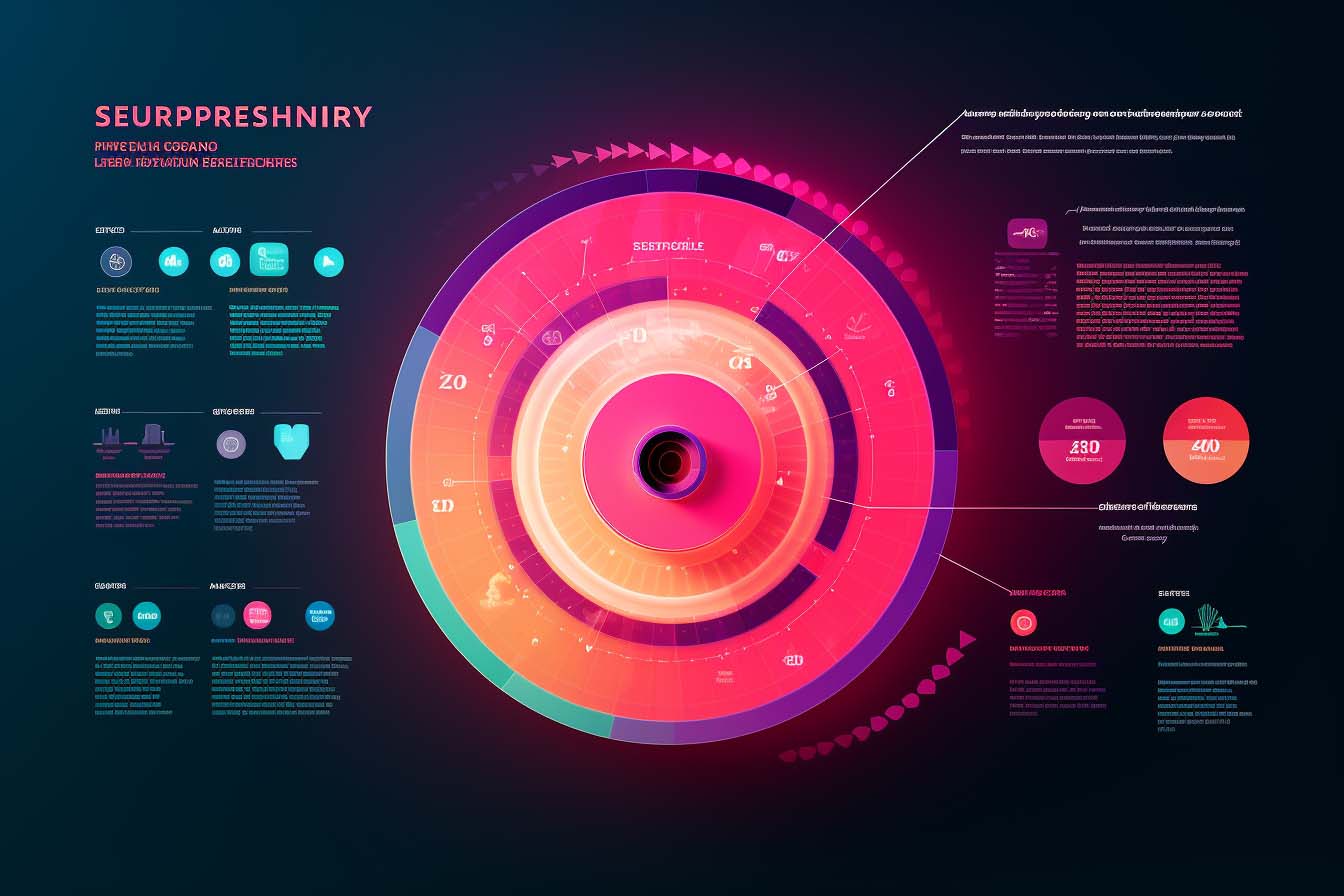TLDR:
Stealthy malware is on the rise, with over two-thirds of malware now using stealth techniques to avoid detection. This type of malware can enter systems through phishing links, downloads from untrusted sources, or public internet networks, and can remain dormant for long periods, making it difficult to detect. Businesses can mitigate the threat of stealthy malware by maintaining robust security hygiene, adopting zero trust architecture, implementing AI-based threat detection tools, and focusing on employee education and awareness.
Summary:
In today’s digital landscape, as security systems and practices improve, criminals are evolving their tactics by using advanced technologies, such as AI, to create stealthy malware that can hide in plain sight. Research by Picus Security indicates that more than two-thirds of recorded malware now use stealth-oriented techniques, making it increasingly difficult for businesses to detect and counteract these threats.
Stealthy malware can avoid detection by traditional security measures by employing advanced techniques such as changing its code, encrypting itself, impersonating legitimate tools, and using fileless malware to reside only in memory, leaving no footprints for disk-based security systems to catch.
The hidden nature of stealthy malware allows attackers to operate unnoticed for extended periods, changing their code and appearance with each infection, making it challenging for traditional security solutions to block based on known signatures. This malware can wear the disguise of legitimate tools, making it difficult to notice if security defenses are down.
Businesses can mitigate the threat of stealthy malware by maintaining robust security hygiene, promptly patching systems and software, adopting zero trust architecture, implementing AI-based threat detection tools, and focusing on employee education and awareness programs. Zero trust architecture involves not automatically trusting anyone, whether inside or outside the organization, and implementing measures such as two-factor authentication and tiered architectures to safeguard against stealthy malware.
Overall, with the rise of stealthy malware posing significant risks to businesses, it is crucial for organizations to stay vigilant, adapt their security practices, and educate employees on the latest threats to enhance cyber resilience and data protection.







